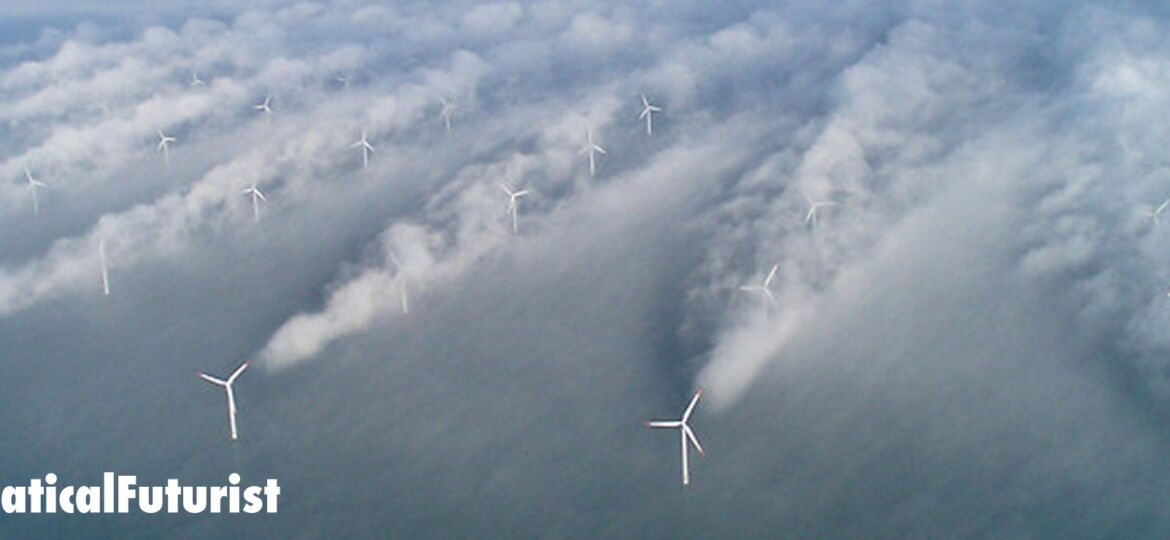
WHY THIS MATTERS IN BRIEF
Renewable energy is the future, and as the technologies becomes more efficient, and as record amounts of new capacity come online they’re changing the economics of the energy industry leading some to question if oil prices will ever recover.
Asides from being very hot, it’s also been very windy across Europe this week, so much so, in fact, that the high speed wind turbines around the continent have helped set new wind power records. For starters, according to the UK’s National Grid, who operate the energy network, renewables accounted for 50.7 percent, or more than half, of the UK’s energy production – for the first time ever.
In fact, with offshore wind supplying 10 percent of the UK’s total energy demand the consequence of this was that the UK’s energy prices were knocked into the negative for the longest period on record. The UK is home to the world’s biggest wind farm, and the largest wind turbines, so, combined with the high winds, arguably, none of this should come as any surprise.
“Negative prices aren’t frequently observed,” said Joël Meggelaars, a director at the energy trade body WindEurope, “it means a high supply and low demand.”
Indeed, there were a few periods in recent days around the rest of the continent that saw a similar pattern, such as Denmark where their supply of wind energy alone exceeded local demand – as much as 137 percent overnight when demand was lower, and in total, around two percent of Europe’s total energy supply was being provided by offshore wind on Tuesday.
“That’s a very high level,” said Meggelaars.
Producing more energy than your country can use isn’t always a bad thing. It often simply means that energy can be sold on to neighbours, as is frequently the case with Danish supplies to the Netherlands, Germany and Norway, but as Europe draws up plans with Asian countries to create a global energy super grid, one day the wind farms in Denmark and the UK could end up powering the skyscrapers in Shanghai.
The news comes not long after it was revealed that, worldwide, renewables supplied a record 161 Gigawatts of electricity in 2016, which helped solar power become the cheapest form of electricity in 58 countries around the world, at a price that was 23 percent cheaper than it would have been in 2015.
Of course, one of the main features of energy sources such as wind that is made clear by this recent news is just how variable, or perhaps unreliable, it is.
As a result, most countries still rely on more predictable sources of energy such as gas, nuclear, or biomass to provide their “Base load” – the minimum demand on the electricity grid over time. But, with advances, albeit slowish ones, in Grid Scale Storage technologies, which will help countries store the energy generated from renewable sources for longer periods of time, as we saw with Los Angeles last year who, in a world first, voted to power the city from batteries and not a new power plant, it’s inevitable that countries, and cities, such as Las Vegas, which is now completely powered by renewables, will increasingly embrace renewables as their primary energy source. And now, as the economics of the energy industry look like they’re changing forever, and as electric cars increasingly become a “thing,” many analysts are starting to question if the oil prices will ever rebound.
It looks like renewables are about to have their day in the sun… and wind, and this latest news could just be another nail in the coffin for fossil fuels.
















